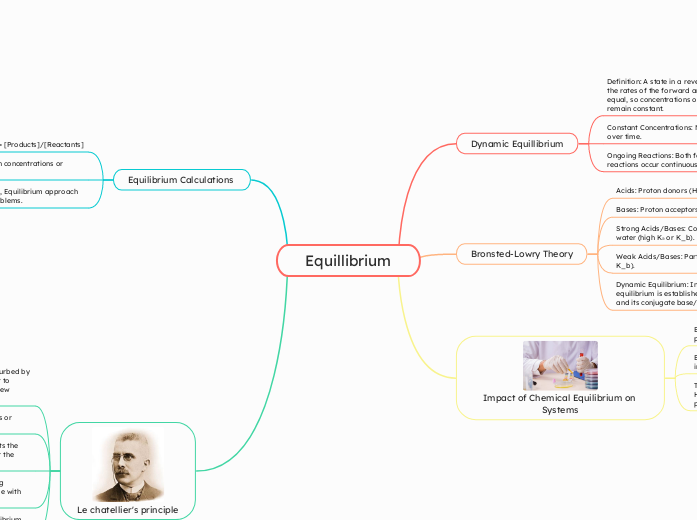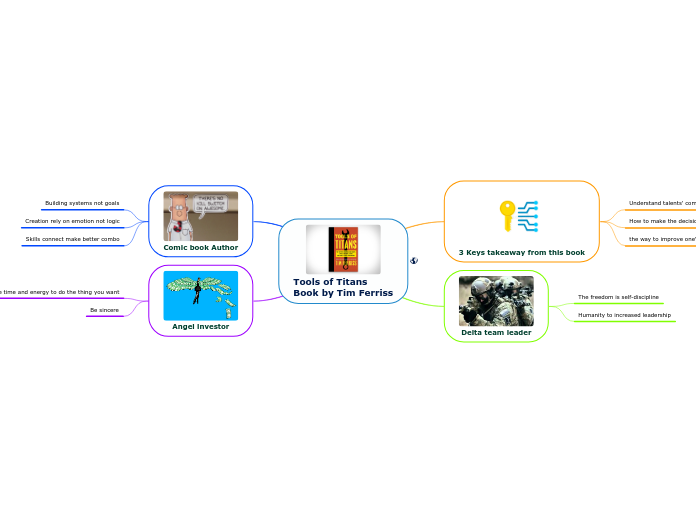av Rameen Sarwar för 8 månader sedan
99
Equillibrium
The concept of chemical equilibrium is fundamental in both theoretical and practical chemistry, impacting various systems ranging from biochemical pathways to industrial processes. In the context of acids and bases, the Bronsted-Lowry theory defines acids as proton donors and bases as proton acceptors.









